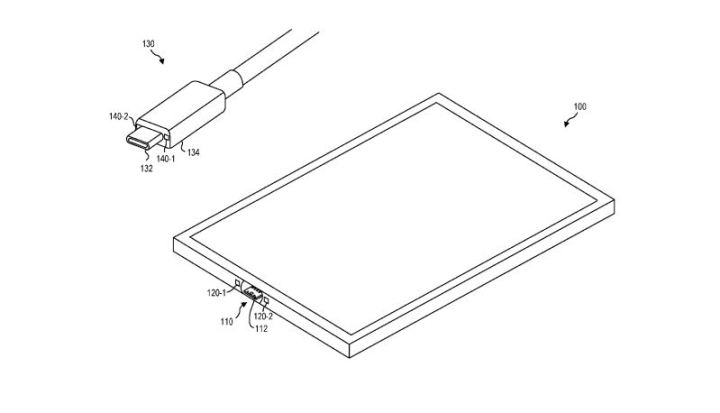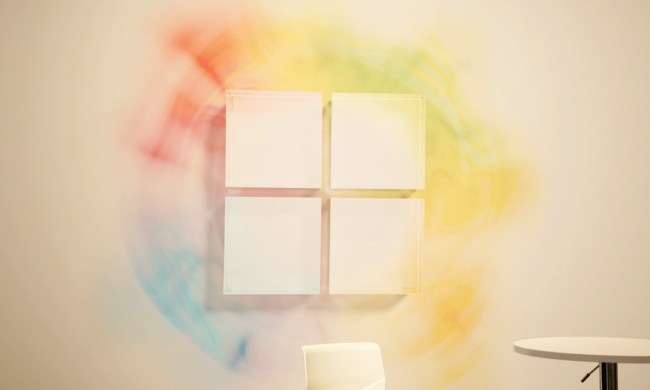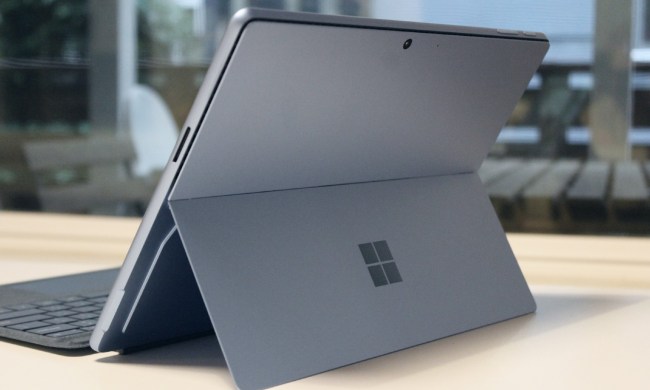
Microsoft has been ambivalent when it comes to adopting USB-C connectivity, but there now is a reason to believe that future versions of its Surface devices might as well have a new type of USB-C mechanism. A recent patent shows that the company is considering a magnetically activated latch on USB C ports, taking the connection to an innovative level.

Furthermore, the patent also suggests that standard USB C cables will also work with the mechanism. In its details, the patent shows several images of spring mechanisms and mentions a minimum distance of 4.0 mm for the magnets to kick in and pull the cable toward a device, instead of having the consumer force it in.
“In some implementations, the distance between the two parts before the parts are drawn together may have an upper value or upper and lower values including 4.0mm … When a standard plug or receptacle is used with one or more implementations of a receptacle of the present disclosure, the magnets on the receptacle side may not provide any input, and the “friction experience” is felt by the user,” explains the patent.
Of course, a similar type of magnetic connection system is already present onboard Microsoft’s Surface Connect port, but that is a proprietary technology. Bringing it over to USB C not only would make future Surface devices more powerful with faster connection speeds but it also easier for consumers to charge up and transfer data on the go.
This hasn’t been the first patent from Microsoft in recent months. Previous patents have suggested a redesigned Type Cover for a slimmer and lighter Surface device, as well as a reflective touch display. Of course, these type of patents don’t always end up in final products, but they offer some insight into Microsoft’s future plans and direction.


